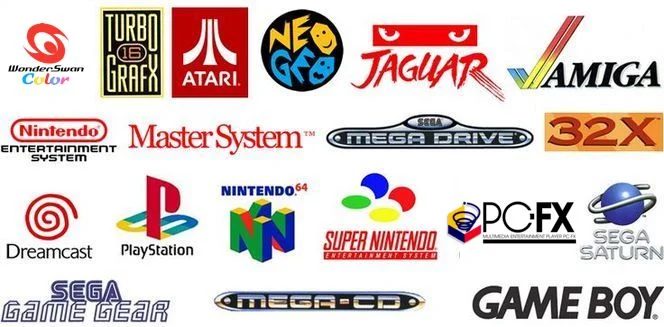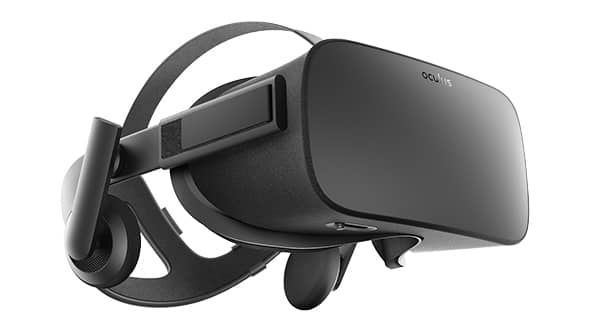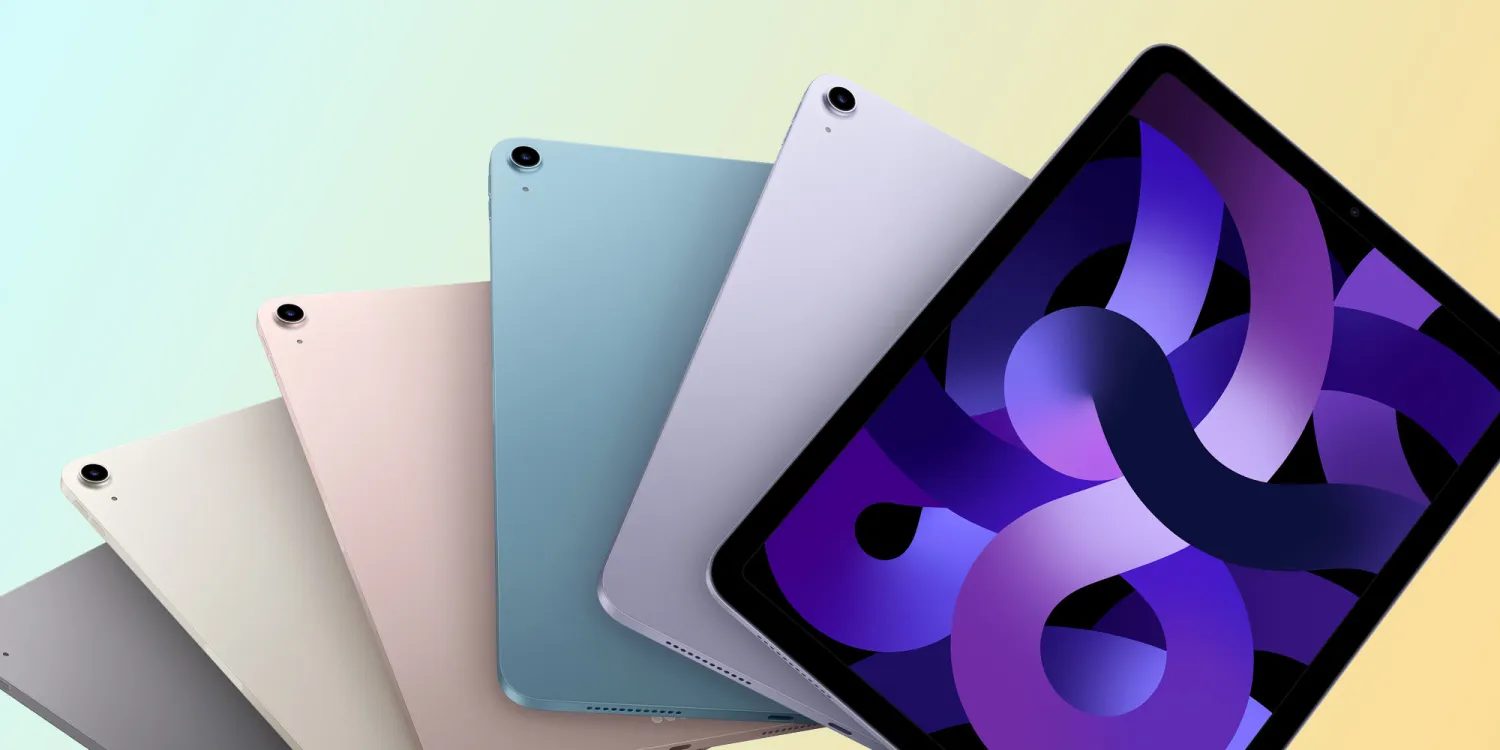
iPhone LCD Supplier Japan Display Inc. Shifts to VR

Japan Display Inc. (JDI), a former key iPhone LCD display supplier has shifted its focus on the evergrowing industry of virtual reality in the midst of the smartphone sector relying more on OLED screens.
All this to say is that the VR industry is not slowing down, which is fortunate for JDI. Additionally, OLED suppliers also don’t seem to keen on focusing on VR as it currently remains a smaller market over smartphones. However, JDI is reportedly okay to fill in the gap. When speaking with Bloomberg, JDI’s VR chief Takeshi Harayama said, “It’s hard to find a VR headset maker who doesn’t have a relationship with us.”
It’s reported that JDI is looking to convince VR companies that it can solve two of the largest problems VR makers face, which are display quality and cost. VR headsets require a display that’s capable of rendering a high resolution. Otherwise, the user can see the individual pixels of the screen. However, typically when doing so, that drives up the price of the headset. JDI is able to produce LCD displays with 1,200 pixels per inch, according to Watanabe.
“I’m confident our technology on LCDs is at least two years ahead of others in the category,” Watanabe told Bloomberg.
Although JDI does not disclose its partners, the company expects revenue from non-mobile businesses, including VR, to grow 25 percent in the current fiscal year, up to 70 billion yen.

